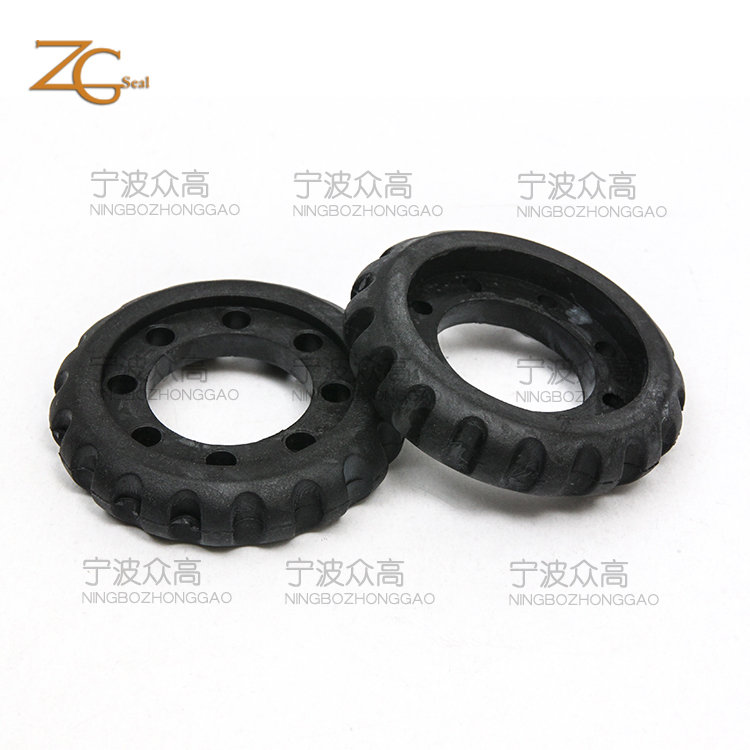Considerations for waterproofing mechanical parts
2024-02-01
Waterproofing mechanical parts is essential in various industries, especially those where equipment or devices are exposed to water, moisture, or harsh environmental conditions. Here are some general approaches and considerations for waterproofing mechanical parts:
1. Sealing Methods:
- Gaskets and O-rings: Use rubber or silicone gaskets and O-rings to create a watertight seal between components.
- Sealants and adhesives: Apply waterproof sealants and adhesives to seams, joints, and connections to prevent water ingress.
2. Enclosures and Casings:
- Waterproof Enclosures: Use sealed enclosures or casings made from materials like plastic, metal, or rubber to protect the internal components.
- IP Ratings: Consider using components with an Ingress Protection (IP) rating that indicates their level of protection against dust and water. For example, IP67 means the device is dust-tight and can withstand immersion in water up to 1 meter for 30 minutes.
3. Coatings:
- Protective Coatings: Apply waterproof coatings, such as conformal coatings, to the surface of circuit boards and other electronic components.
- Nano-Coatings: Some advanced nano-coatings can be applied to mechanical parts, providing a thin, protective layer against water and moisture.
4. Material Selection:
- Water-resistant Materials: Choose materials that are naturally resistant to water or can be treated to resist water absorption.
- Corrosion-resistant Materials: Use materials that resist corrosion, especially in marine or highly humid environments.
5. Breathable Membranes:
- Breathable Fabrics/Membranes: In some cases, allowing a controlled amount of air exchange while preventing water ingress can be achieved with breathable materials.
6. Connectors and Cable Management:
- Waterproof Connectors: Use connectors designed to resist water penetration, or protect connectors with waterproof covers.
- Cable Sealing: Employ cable glands or boots to seal and protect cable entry points.
7. Testing and Quality Control:
- Waterproof Testing: Conduct thorough testing, such as pressure testing or immersion testing, to ensure the effectiveness of the waterproofing measures.
- Quality Control: Implement strict quality control measures during manufacturing to catch and rectify any issues related to waterproofing.
8. Maintenance:
- Regular Inspection: Encourage regular inspections and maintenance to identify and address any potential weaknesses in the waterproofing over time.
Always consider the specific requirements of your application, environmental conditions, and the level of waterproofing needed to determine the most suitable methods and materials for your mechanical parts.



